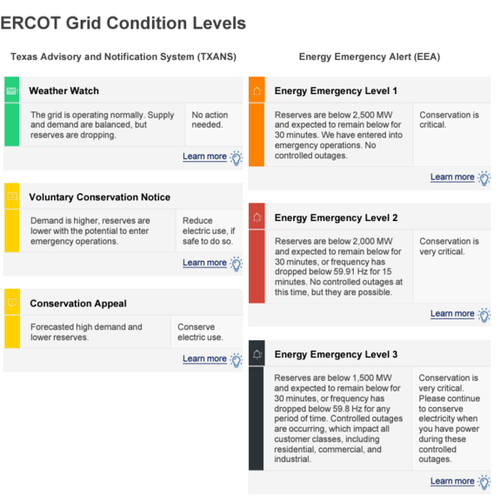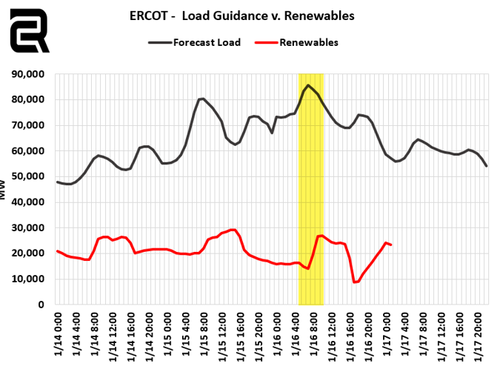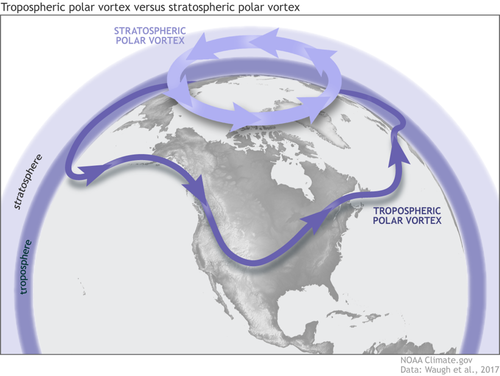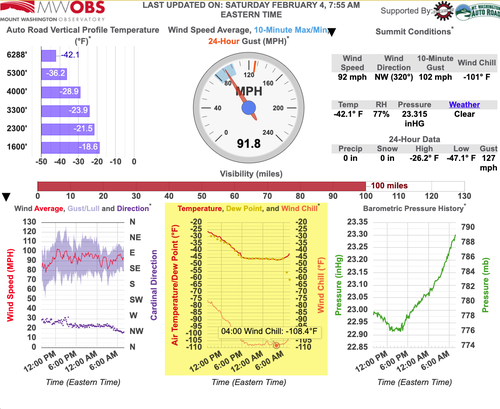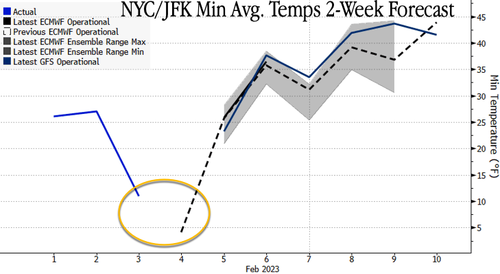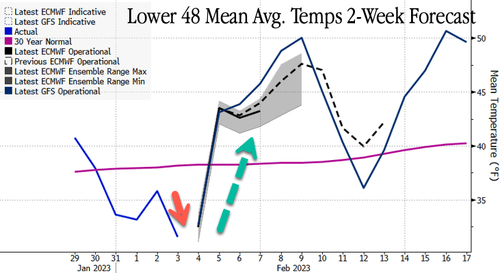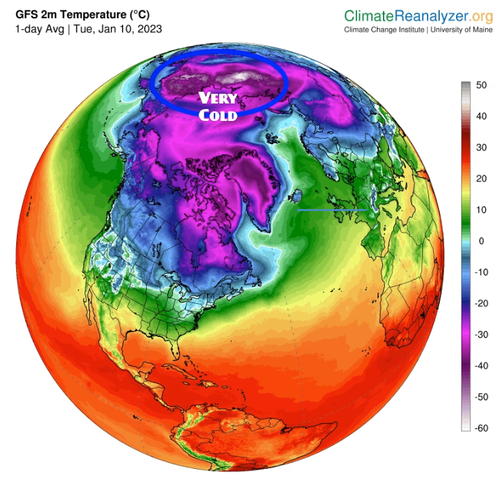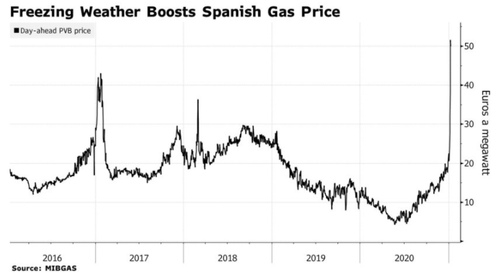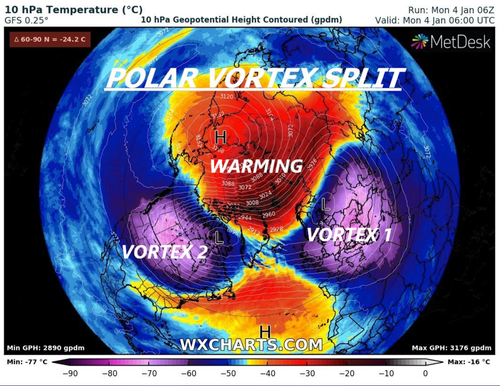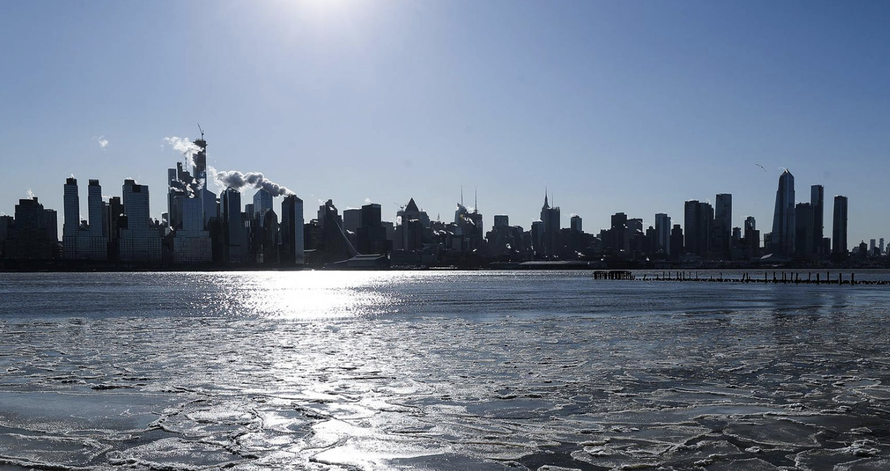If you blinked, you missed it.
The price of natural gas for December delivery plunged 19% on Thursday, the biggest percentage plunge since February 2003.
This comes after futures prices had skyrocketed 20% on Wednesday to $4.931 per million Btu intraday, before settling at $4.837, the highest settlement price since February 2014 – when “polar vortex” entered into everyday language in the US. It was a gain of 19% for the day, the biggest percentage gain since 2004. Today’s plunge took the price back to $3.899 at the moment, where it had been on Monday. If you blinked you missed it:
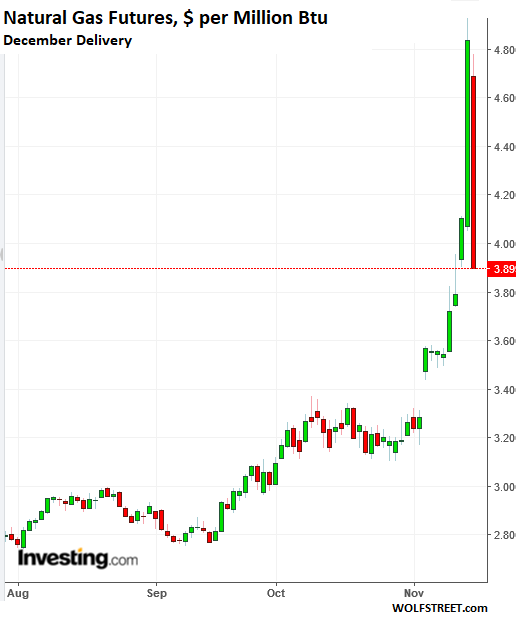
The spike yesterday was driven by “a sharp cold revision in the winter weather outlook,” according to a commodities strategist at Morgan Stanley, cited by Bloomberg. “We see modest downside from here assuming current weather forecasts, but a very wide range of potential short-term prices,” he said.
The weather outlook hasn’t really changed overnight, but instead of a “modest downside” move, natural gas performed a historic plunge today.
Speculative fever goes both ways. Today was impacted more than anything by the hangover from yesterday’s spike that completed a 45% run-up since November 2. Time to cash out.
And then there was the Weekly Natural Gas Storage Report, released this morning by the EIA. It was a cold shower, after the drunken party yesterday.
Turns out, thanks to surging production, 39 billion cubic feet were addedduring the latest reporting week to underground storage facilities across the US. Over the past five years on average – with the colder season having already started at this week in November — natural gas levels in storage would drop by 15.6 billion cubic feet during that week.
…click on the above link to read the rest of the article…


